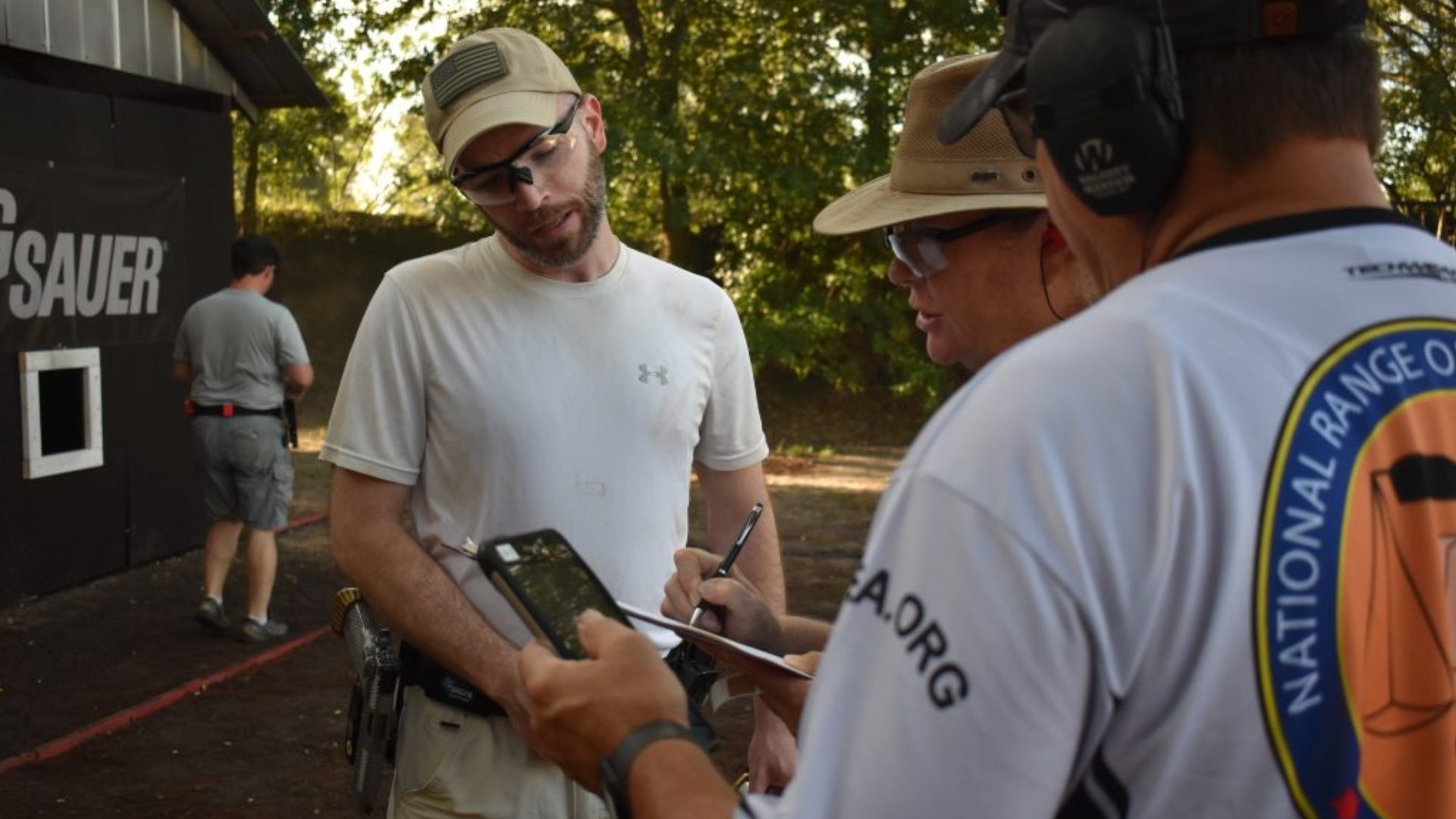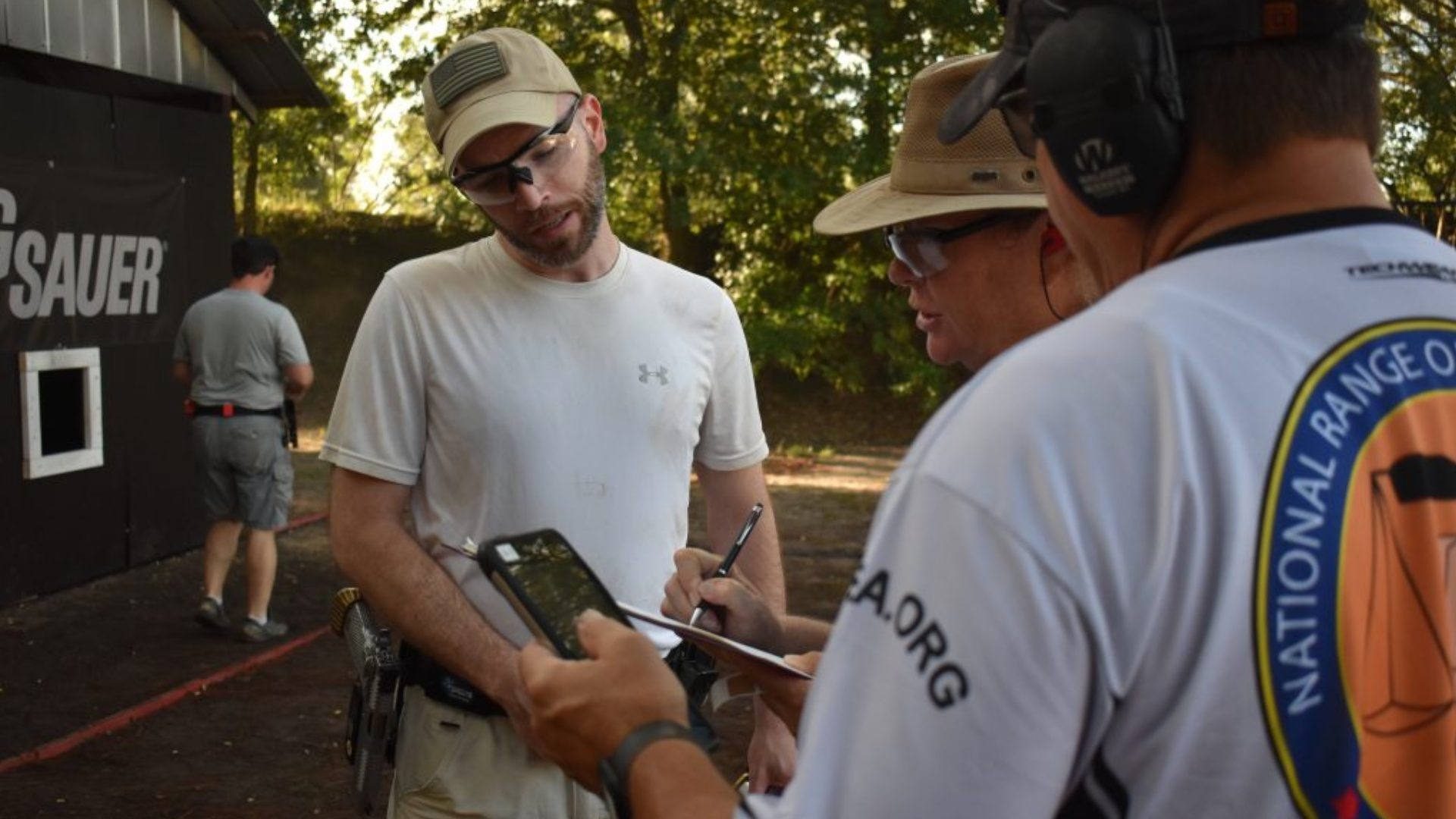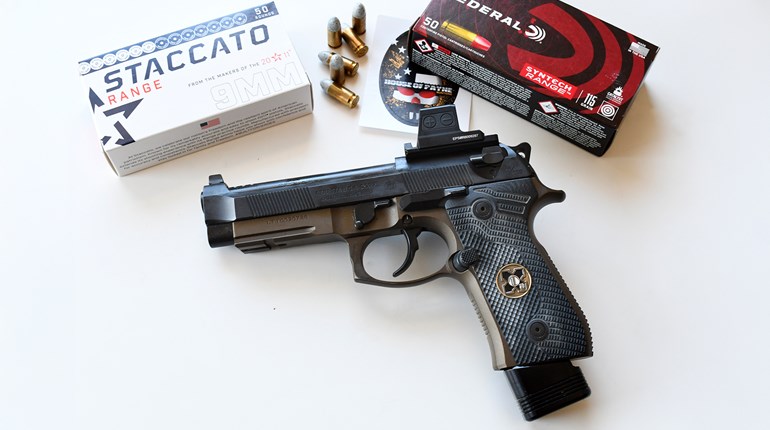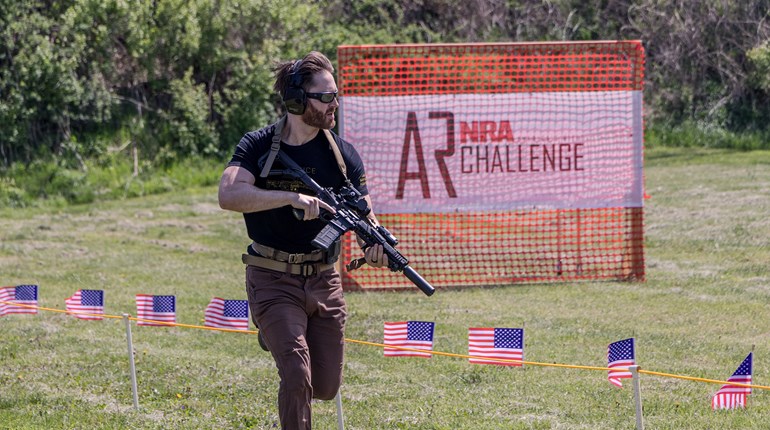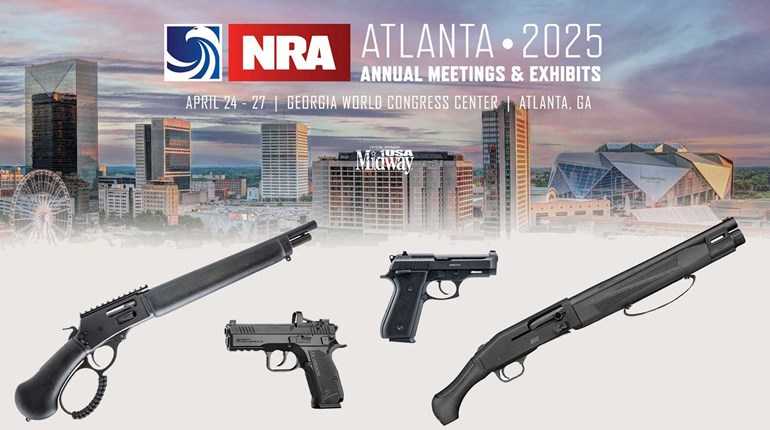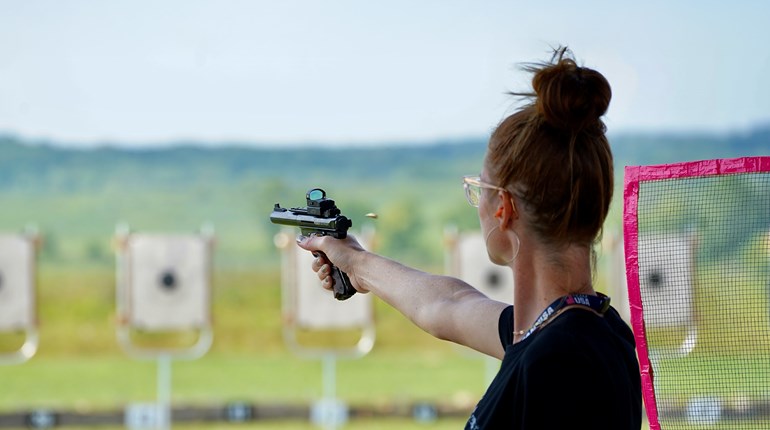
“Ten-shooter teams from the U.S. and Great Britain braved early morning mist and mosquitoes at Camp Perry to compete for the Pershing Trophy for the first time since 1965.”
—The American Rifleman, October 1973
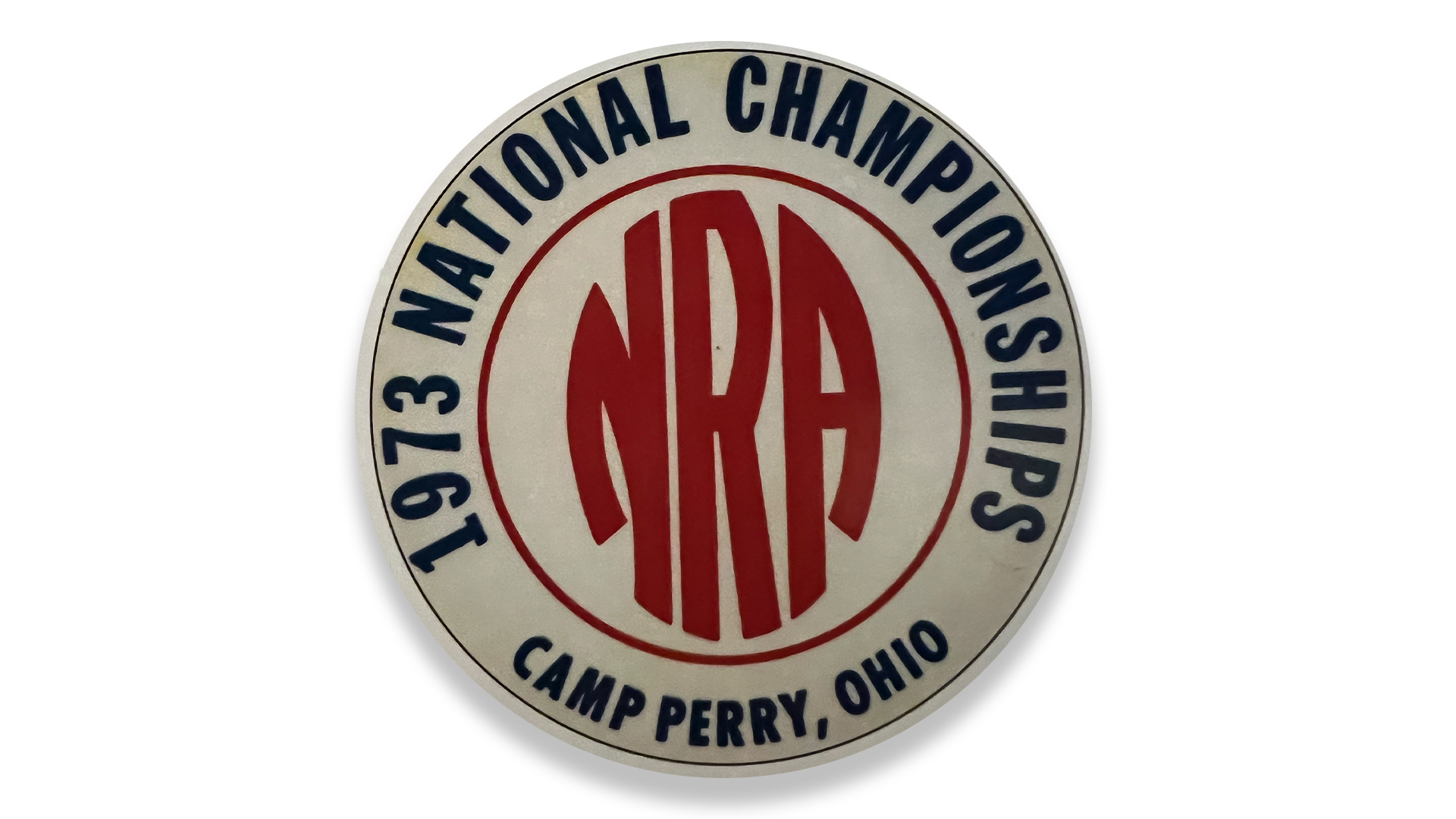
Flashbacks and familiarity underscored all three phases of competition in 1973: The six consecutive national pistol contests won by Joe Benner and Harry Reeves in the 1940s were in the early stages of being matched when Bonnie Harmon and Hershel Anderson began their own championship series that would result in a combined six straight titles in the 1970s; Lones Wigger won both national smallbore titles during the summer of 1973—10 years after he first accomplished the feat—and Ronald Troyer won his third national high power title of the decade.
This year was Hershel Anderson’s turn on the pistol award podium. The Army sergeant collected two of the three championship aggregates (.22 and .45) after winning the Warm-Up Aggregate to claim his first national title. His winning score of 2657-139X topped more than 800 others and during his run, Anderson held steady through the team events where he contributed to the Army Blue victory in the .45 Championship and aggregate win for the Twining Trophy.

Staff Sgt. Barbara Hile won her third consecutive women’s title, Ralph Thompson defended his civilian crown and, a link to the past was evident during the award ceremony when six-time national champion Joe Benner, whose last open title came 14 years earlier returned to the stage as senior champion in his first year firing in the category. In Board competition, Marine Master Sgt. Walter Jones earned the title of National Trophy Pistol Champion, while Anderson returned to collect his share of glory as a member of the winning National Trophy Pistol Team.
In the international .22-caliber pistol postal competition, the U.S. Mayleigh Cup Team earned its first victory this decade, breaking the three-year grip that Great Britain had on the trophy. The 1973 10-member unit was led by Anderson’s high score of 293 for a 2854 total in the 30-shot match fired at 50 yards.
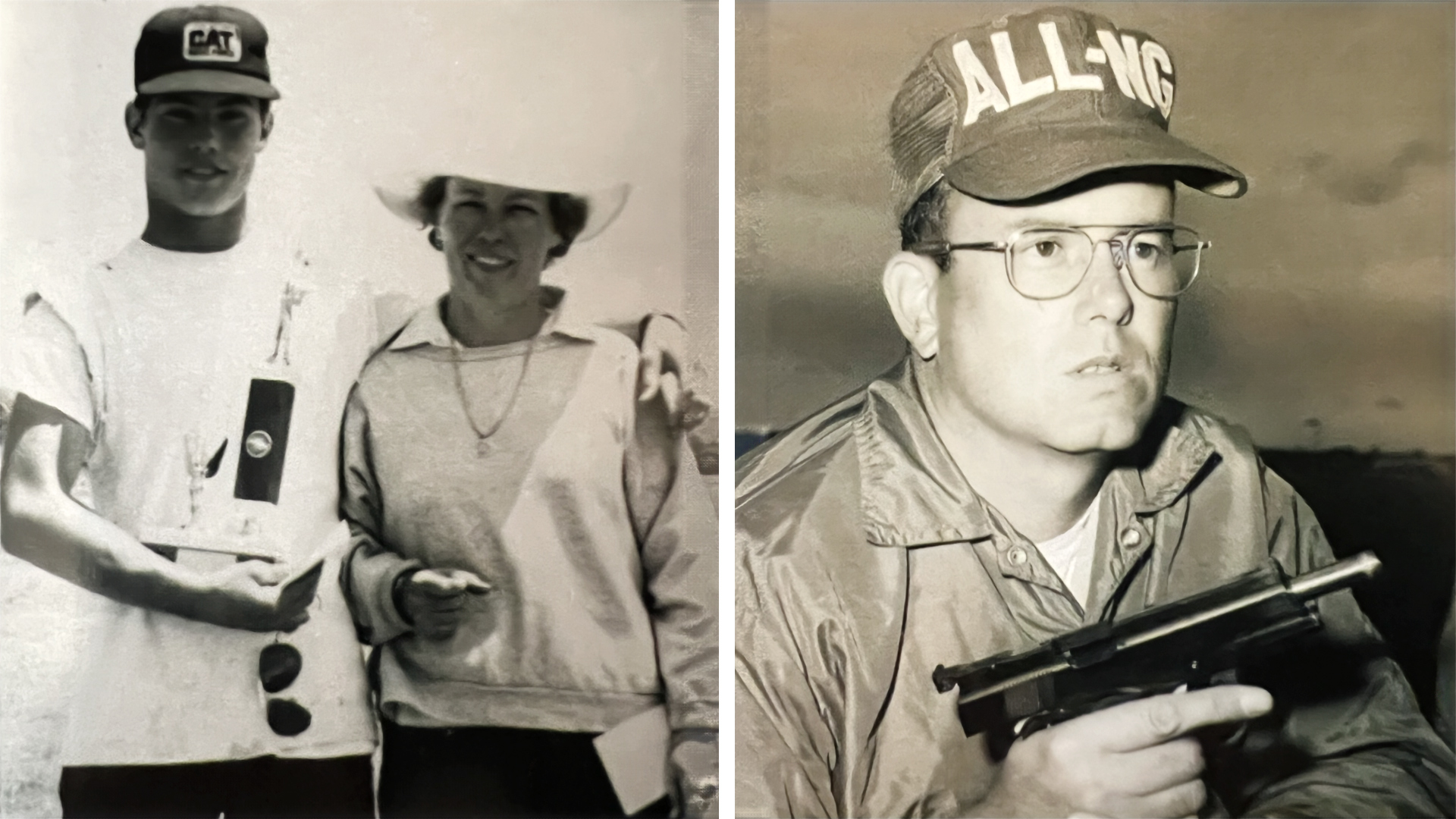
The rivalry between the United States and Great Britain continued into smallbore when the usual excitement that surrounds the National Championships during the Randle and Dewar Team postals was heightened courtesy of the shoulder-to-shoulder firing for the Pershing Trophy that ended in a host victory. But before the match was fired and the 10-member U.S. squad was being selected from top scores fired in the prone metallic-sight aggregate, it seemed fitting that after the first day of shooting for the prone title, one of three shooters tied for high score was David Brickles, the British National Champion. The other two 1599 scores were posted by Lones Wigger, Jr., and National Matches veteran William Summers. Competition was stiff over the next three days as records fell and past champions fought hard to regain the prone crown.
Bruce Meredith, Tom Whitaker and Wigger, all title holders in the 1960s, claimed individual matches, as did defending prone champion Presley Kendall, while D.I. Boyd, the 1972 position champion, was in the mix as well. After four days of intense competition and 639 record shots, the national prone championship came down to the last cartridge in Wigger’s loading block. Whitaker and Kendall were done and tied at 6395, with Whitaker up by four Xs. Wigger’s score to that point was 6386 but his X-count of 545 was higher than both Kendall and Whitaker. A 10 on his last shot would make Wigger champion and it was under these pulsating conditions that the former champion and Olympic medalist proved his mettle. Less than a quarter of a second later, Wigger watched a bullet hole blossom at five o’clock. It was a wide shot, pretty shabby by his standards, but it cut the 10-line. The new champion breathed a sigh of relief and admitted to a less than rock steady hold on the last shot.
Wigger wrapped up the national and service titles, Whitaker repeated as the Schweitzer medal winner for civilian honors and Schuyler Helbing, a 14-year-old Expert from Texas, won the national women’s title. George Stidworthy, the “1600 King,” topped the senior field while 18-year-old Kevin Richards emerged as the junior champion.
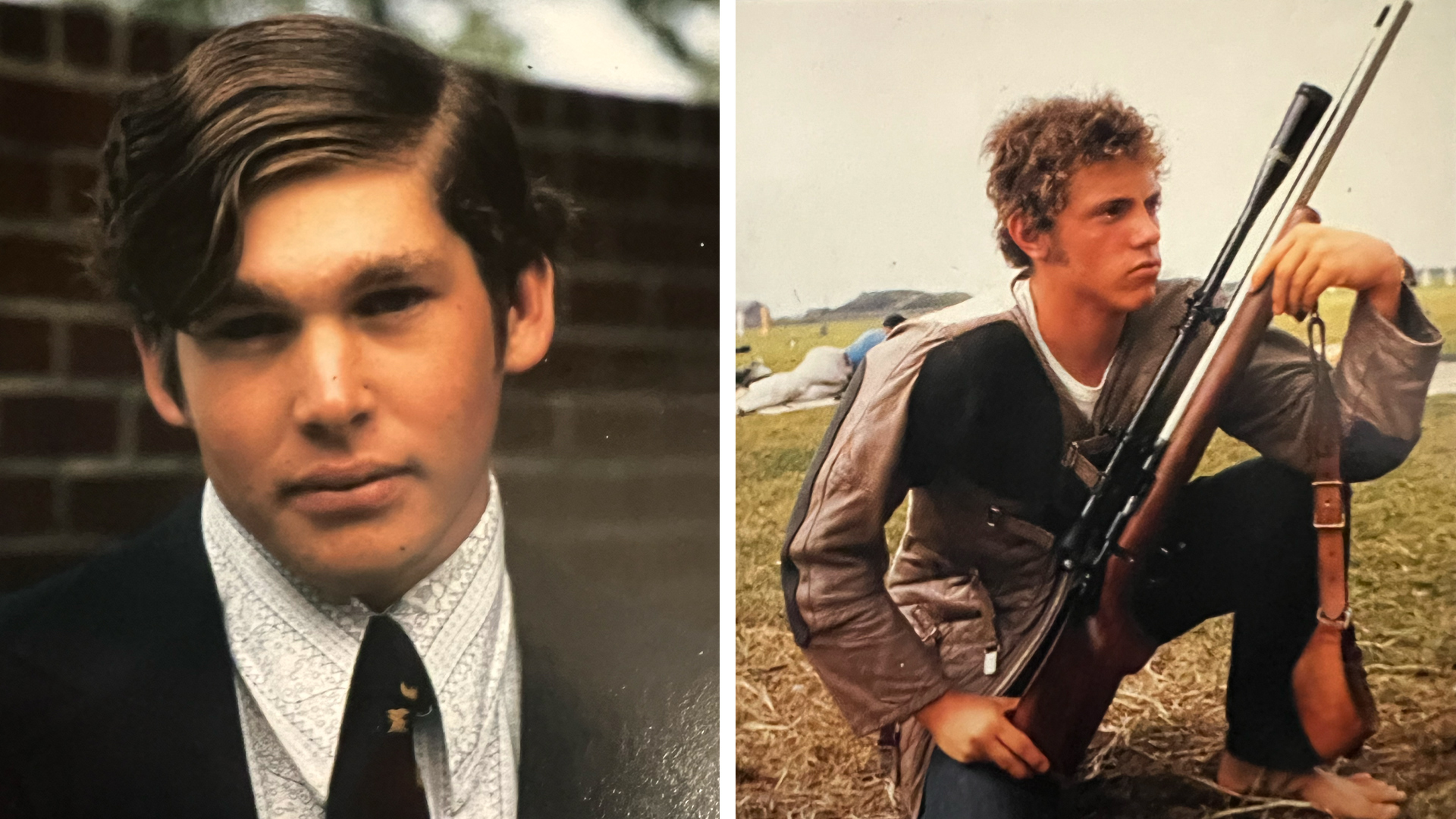
Soon after the first position match began, a boat sailed into the impact area and shooting was suspended for almost four hours. When the command to commence fire was finally given, D.I. Boyd picked up where he left off in 1972. The defending champion shot through windy conditions and posted a 788-38X with irons to jump into the lead before a second cease fire was ordered when a thunderstorm rolled through. So much time had been lost that the final stages of the match were postponed until the next day.
Wigger won the second metallic-sight match to set up a head-to-head contest between two champions. Boyd and Wigger swapped the lead back and forth throughout the last match until it came down to the last shot, just like in prone. In this case, it was Boyd who had to make the critical shot. Wigger had closed out the 80-shot string with a 790-49X for a grand total of 3154-179X while Boyd stood on a 3145-178X with one round in his chamber. The Marine needed a 10 to sew up back-to-back titles, but it was not to be. Boyd’s right arm slipped on his shooting coat just as he delivered his last shot, which dropped into the seven ring. For Wigger, it was his record seventh national position championship and the second time in National Match history that a competitor won national prone and position smallbore titles in the same year. In both cases that competitor was Wigger—and he first accomplished the feat in 1963.
The subject of how to incorporate the M16 into national high power competition was discussed at length in the months leading up to the 1973 program. NRA Director and Executive Committee member Vice Admiral Lloyd Mustin, in a February memo to a committee studying changes to National Trophy Match conditions, stated: “Now that the M-16 series rifle is standard in large segments of the military services, the Board should encourage and support participation with it in competitions sponsored by the Board.”
Records indicate that M16 rifles were present on the firing line this year. And while an M14 produced the high overall—and record—score in 1972, this year Ron Troyer returned to claim yet another national high power title with his match rifle. Troyer, the high match rifle shooter since the decade began, won two national titles before falling short by one point to the Army’s Martin Edmonson last year. His winning score this year was a 1573, identical to what he fired in 1972, and bested by nine the high service score by Army Staff Sgt. Arpail Gapol. Troyer’s 785 was good for the Nevada Trophy Match Aggregate honor, while his score in the President’s Match Aggregate was three below Gary Anderson's winning tally of 791.
Consistency blanketed the 1973 big bore awards bulletin as Bill Meek won his second straight collegiate title, the Army’s Joanne Stawski won her second straight women’s title, G. David Tubb won his fourth straight junior title and Gerritt Stekeur picked up his second senior title in three years. Names from the past surfaced in long-range competition as 1966 match rifle champion Ikey Starkes and former two-time service champ Robert Goller claimed the Wimbledon and Leech Cups, respectively.
Closing out the 1973 program was Navy Officer Thomas Treinen’s win in the National Trophy Individual Match and Army Blue’s title defense in the National Trophy Team Match. In between, California State Blue swept both NRA team events, the Enlisted Men’s and Rumbold Trophy Matches, with record scores while the fifth competition for the prestigious Palma Trophy took place on Viale Range. The 20 Palma firing members were chosen based on scores fired in the 1972 Air Force, Army and Leech Cup Matches.







